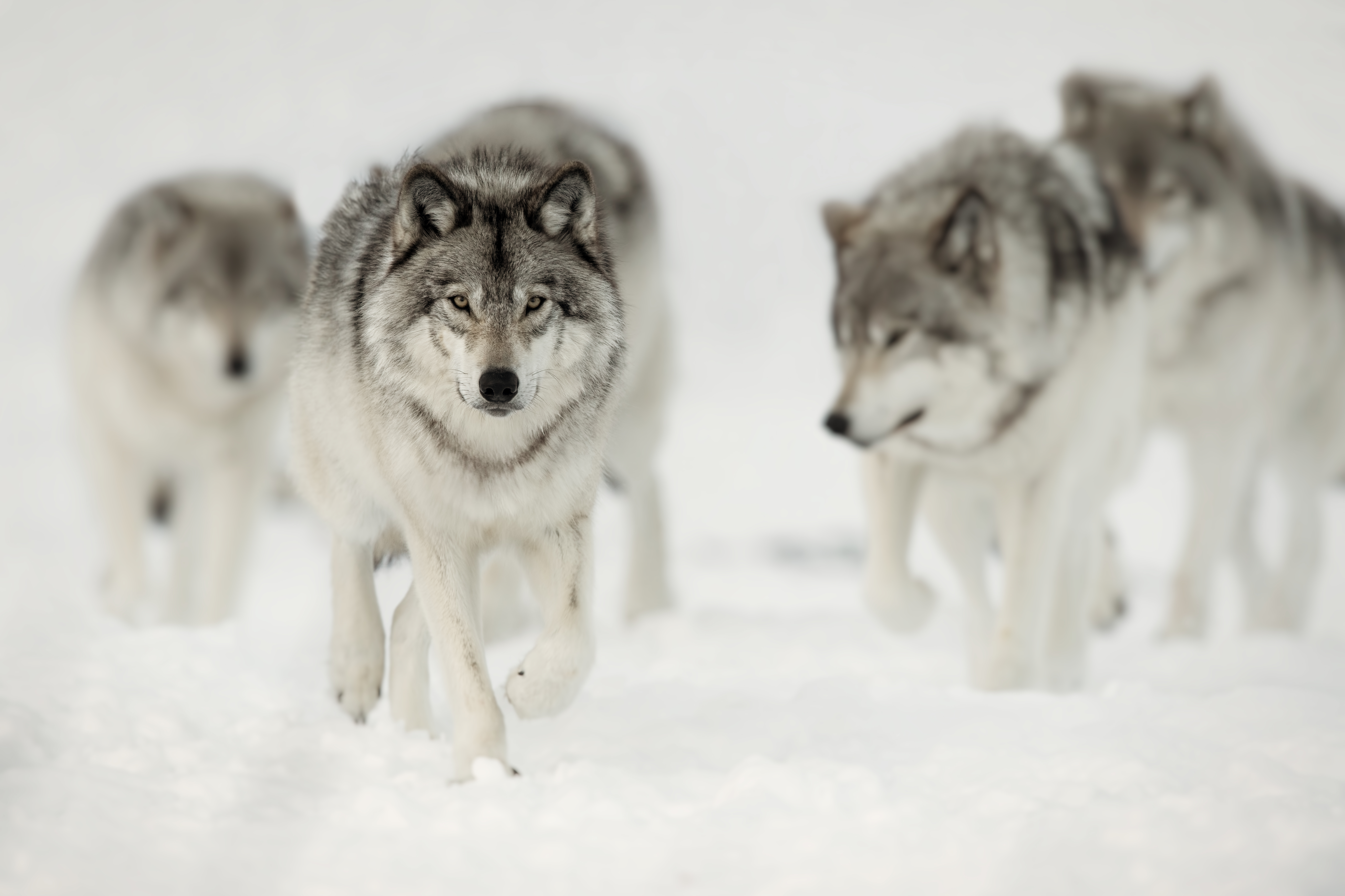
An anthropologist suggests a new way of looking at the topic:
When distinguishing between a wolf and a dog, we face the classic challenge of being able to sort out differences on a meaningful level. Indeed, one cannot do this without engaging the issue of meaning. Do we have here essentially ‘the same animal’ or two quite clearly different species and beings, as different as humans and Neanderthals, for example (or even more so)? One of the challenges in these questions is that they do not have straightforward scientific or biological answers – we need other toolkits in our conceptual frameworks. One such conceptual framework comes from biosemiotics, an interdisciplinary approach that recognises the fundamental importance of molecules and other biological markers in shaping our existence but also readily acknowledges that there is no hard and fast line between biology and philosophy, or biology and culture.
As a whole, biosemioticians aim to make sense of the signs present in ecology, and track the ways in which such signs both mediate and are mediated by relationships that exist across different organisms. … Katja Pettinen, “Will We Ever Know the Difference Between a Wolf and a Dog?” at RealClearScience
An interesting approach.
Perhaps most groups of canines have never been very separate for any length of time and that fact may have served them well.
Modern dog breeds were created in Victorian Britain. The evolution of the domestic dog goes back tens of thousands of years – however, the multiple forms we see today are just 150 years old. Before the Victorian era, there were different types of dog, but there were not that many, and they were largely defined by their function. They were like the colours of a rainbow: variations within each type, shading into each other at the margins. And many terms were used for the different dogs: breed, kind, race, sort, strain, type and variety. Michael Worboys, “How Humans Created the Modern Concept of Dog Breeds” at RealClearScience
The whole basis of the diversity, of course, is that humans controlled dogs’ breeding while feeding and protecting them. Otherwise, they’d all be wolfhounds in a few generations. Worboys offers some information about the recreation of the giant Irish wolfhound.
See also: A physicist looks at biology’s problem of “speciation” in humans
Follow UD News at Twitter!